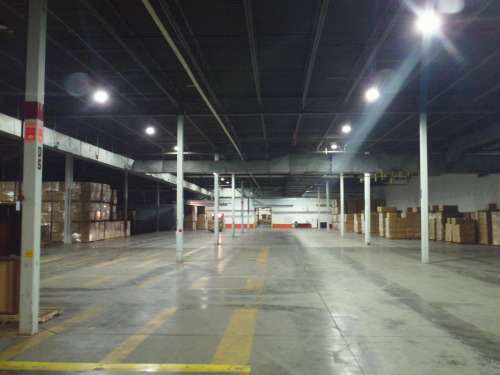A school is the future in every way. People in school right now will be our future doctors, lawyers, and really every under job title you could possibly think of.
This is why it is crucial for every aspect of the learning environment to be near perfect, for the best possible results.
By converting to LED away from technologies such as fluorescent in our schools, we opt-in for higher grades, better concentration, and ever lower overhead. The types of benefits that we are going to list are beneficial in every aspect of an educational lighting system. If your facility is currently struggling with high overheads, low grades, or both; a conversion to LED technology may be of some great help to all of these issues that can come from our lighting system.
The main benefits we talk about when converting to LED, especially in schools and colleges, include the following:
- LED indirectly improves concentration / focus
- Reduce your energy usage by more than 30%
- Get rebates to reduce costs
- Retrofit vs fully replace
- Longer life spans = lower maintenance costs
The benefits as listed above, even without going over them (which we will do in a minute), prove to very intriguing for any manager of school operations to look into. The benefits seem too good to be true, but they are in fact; true.
Let’s now get into this list of benefits that an upgrade to your educational lighting system to LED could bring to your campus.
LED indirectly improves concentration / focus. Since fluorescent technology is susceptible to flickering and / or buzzing, that means you open up the opportunity for this annoyance to be in your classrooms.
If you’ve ever been under such conditions where the lights are flickering, buzzing, or even both; you know it can seriously take your attention away from tasks at hand.
This is exactly why we think it is unacceptable for fluorescent to be in schools, period. With LED, they will never flicker or buzz, not even near the end of their lifespan. This allows you to reduce the biggest factor of distraction when it comes to a lighting fixture within an educational environment.
Reduce your energy usage by more than 30% (to 75%). Since the most common technology used in schools these days is fluorescent, you will most likely be converting from that technology to LED. By doing so, you can reduce your lighting operation costs (energy usage) by up to 30%. This, although isn’t as much as 75%, can still prove to pay itself back and show an ROI for your investment in LED technology.
Where does “up to 75% reduction in energy usage” come from? From your parking lot and gymnasium. These lights typically use technologies such as metal halide or HPS, and are even MORE inefficient that fluorescent. By converting these types of fixtures over to LED, you can realize up to 75% reduction in energy usage associated with these lights directly.
Get rebates to reduce costs. Only qualified lights that have been tested and passed by Energy Star of DesignLights Consortium are (typically) eligible for rebates. For the most part, the DLC tests and qualifies commercial and industrial lights, where Energy Star focuses on practically everything else.
By getting lights that are qualified by either organization, you open yourself up to some pretty hefty rebates through your utility company. This will allow you to reduce your investment costs, which who wouldn’t like?
Retrofit vs fully replace. Think about this, does it make more sense to replace an entirely good fixture, or just replace the light source within that fixture? Its obvious, yet some people still look into a full replacement even when it is not needed whatsoever.
The only true reason you may want to fully replace your existing fixtures is if they are outdated or falling apart, otherwise retrofitting is the easier and cheaper way to go. By retrofitting vs fully replacing, you can save 50% in costs. This makes it an easy to choice to retrofit your fixtures over fully replacing them.
Longer life spans = lower maintenance costs. LED lights last longer, it’s a fact. Actually, a lot longer. They can last 2-3 times (or more) longer than other technologies.
This not only allows you to reduce costs associated with buying new lights more often, but also reduces the amount of time you must pay for someone to switch out those lights every time they burn out. Imagine a 2-3 time reduction in the amount of money it costs to switch out burnt out lights? This can be a lot, especially for large (or even small) schools with lots of lights.
Wrapping it up
There you have it, all of the major reasons why LED school lighting vs fluorescent school lighting is much smarter to choose LED. To recap, it will reduce overhead, maintenance costs; all while improving your school’s focus and (hopefully) grade improvements.
source http://my-led-lighting-guide.tumblr.com/post/153480663618

